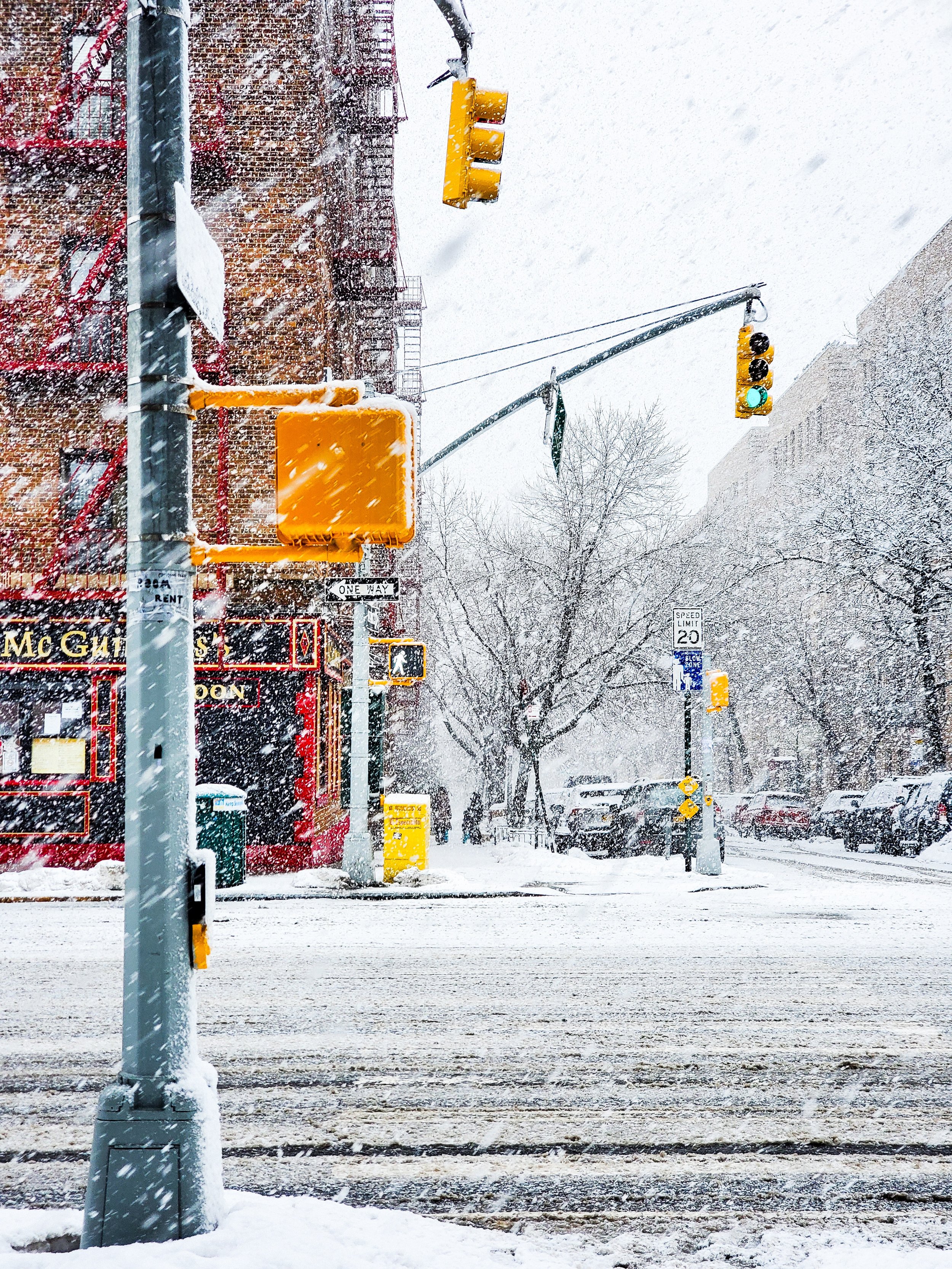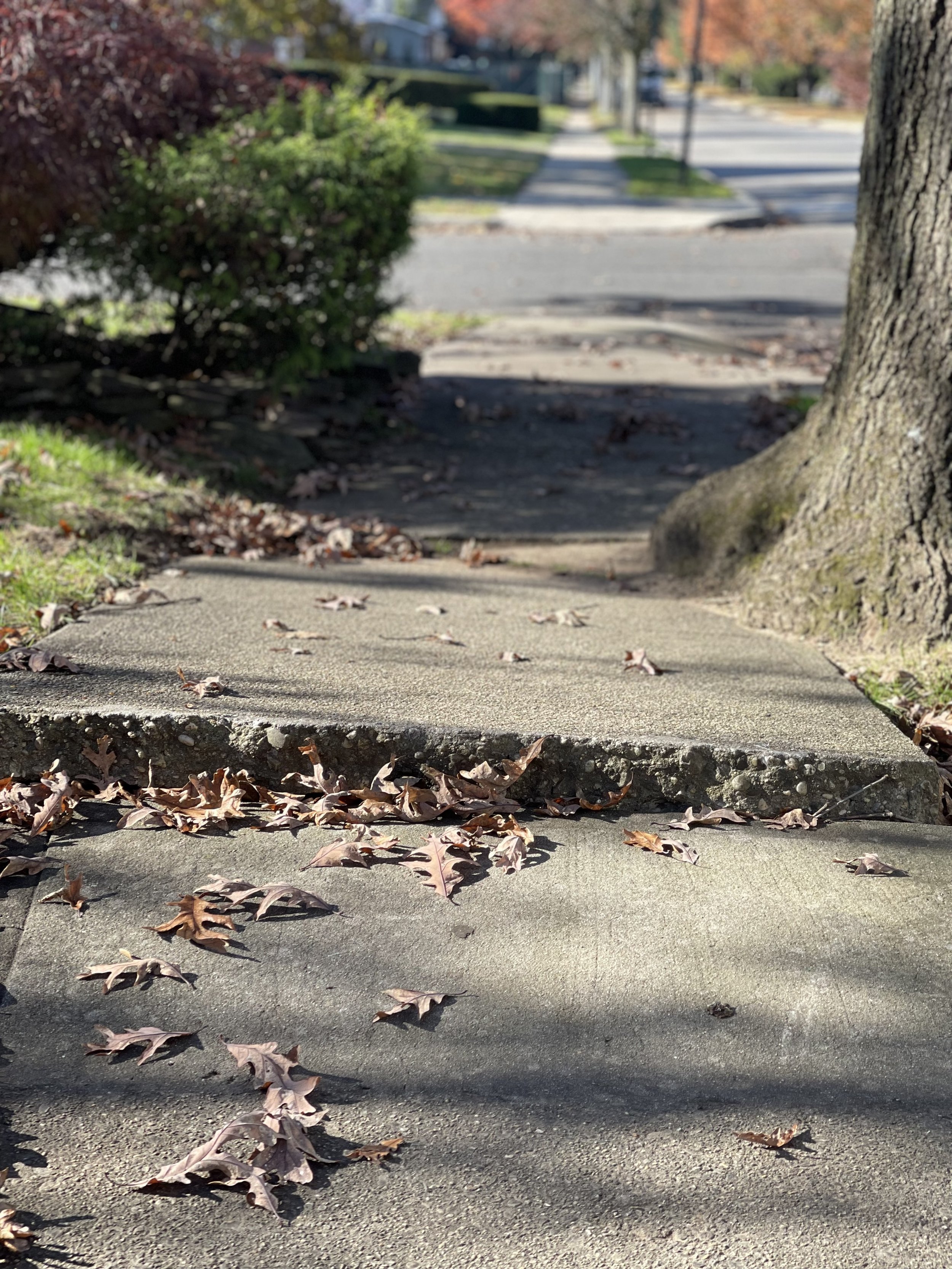Conna Cook v. The City of New York, Consolidated Edison Company of New York, Inc., JJ Operating, Inc., 635 Fulton Realty Associates, LLC, Bargain Plan, Inc., and HJ Fulton Trading, Inc.; Index No.: 501972/2016; (April 6, 2022)
Iaconis Fusco, LLP recently won summary judgment in favor of our client, a commercial tenant, in connection with a New York City sidewalk trip and fall lawsuit. All claims, including the third-party complaint, were dismissed against our client in this premises liability case.
The case arose out of a trip and fall on a metal grate in Brooklyn, New York. The plaintiff sued the City of New York, Con Ed, the building owner, and our client (the ground-floor commercial tenant). Notably, Plaintiff unequivocally testified during both her 50-h hearing and deposition that her accident occurred as a result of a trip-and-fall over a Con Ed grate that was mis-leveled with the surrounding sidewalk.
We argued that while Section 7-210 of the Administrative Code of the City of New York generally imposes liability for injuries resulting from negligent sidewalk maintenance on the abutting property owners, 34 RCNY 2-07(b) provides that owners of covers or gratings on a street are responsible for monitoring the condition of the covers and gratings, and the area extending 12 inches outward from the perimeter of the hardware, and for ensuring that the hardware is flush with the surrounding street surface.
In its decision, the court held that our client made out its prima facie entitlement to summary judgment as a matter of law on the complaint and third-party complaint, and that the plaintiff and third-party plaintiff failed to meet their burden to refute our arguments.
















